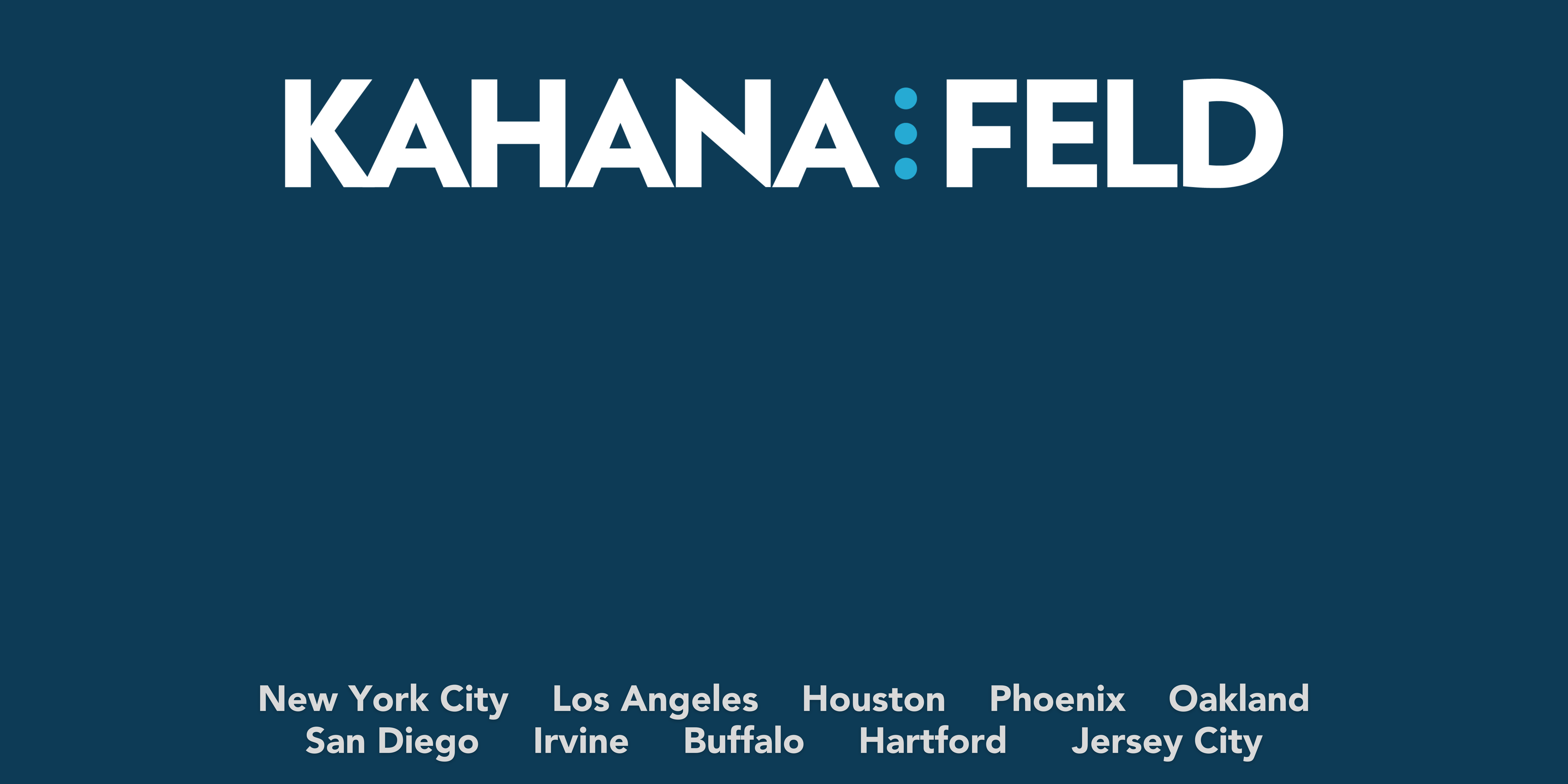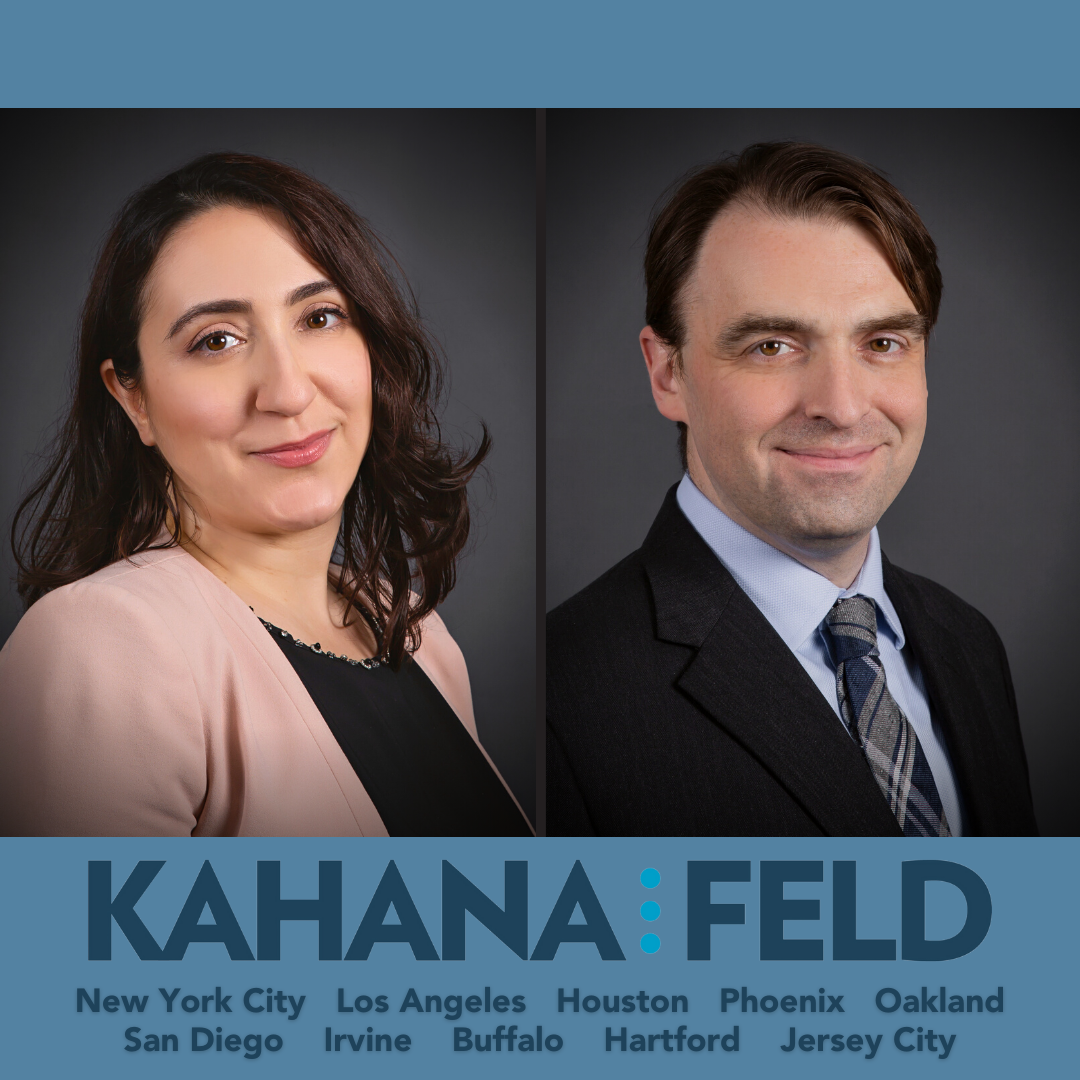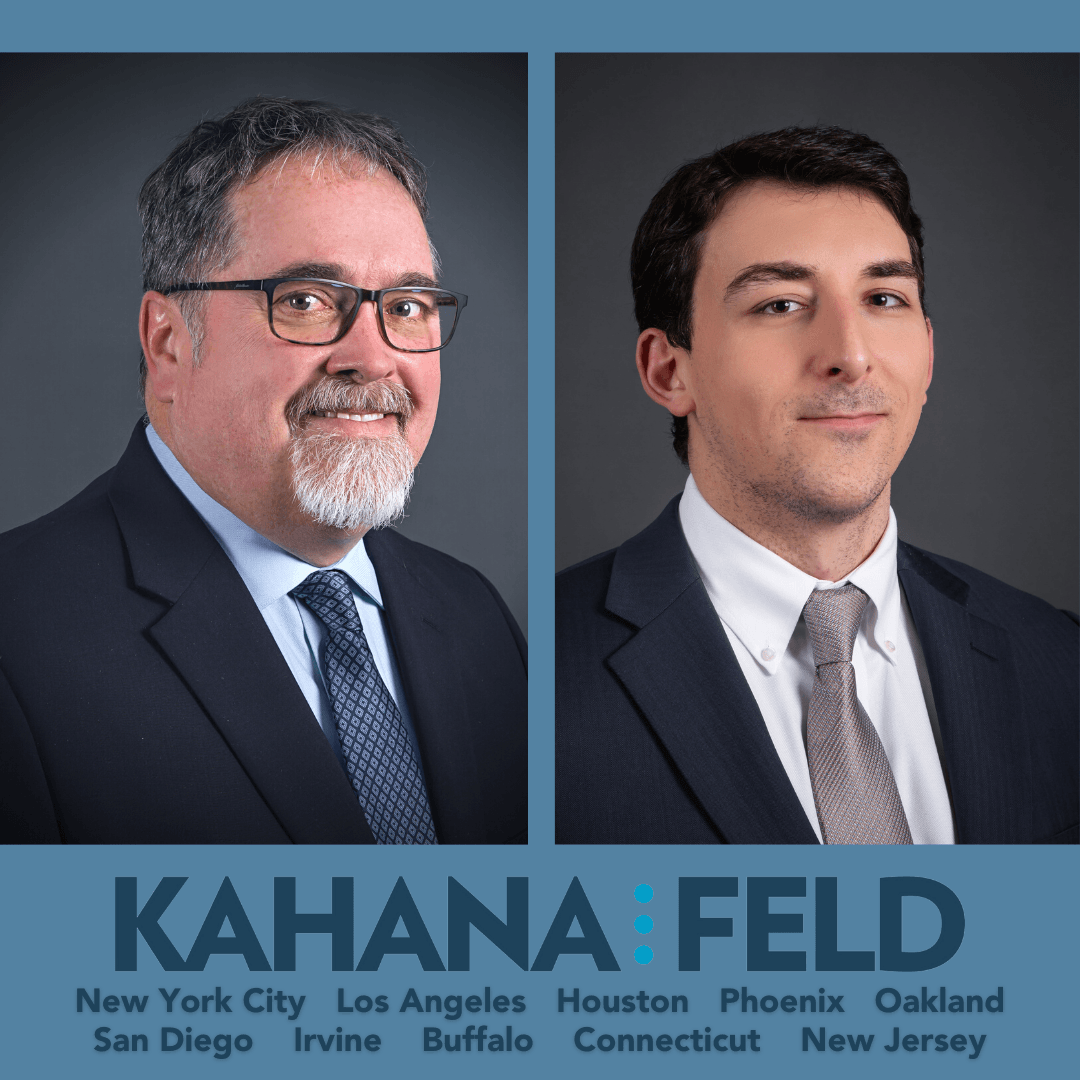Historically, in employee injury cases where the main defendants’ assets and coverage are insufficient to satisfy the potential money judgment, and where an unlimited source of insurance monies exist in the form of the third-party defendant employer’s workers’ compensation insurance, plaintiff attorneys frequently inject what has been come to be known as the “bucket brigade.”
The bucket brigade is a theoretical recovery procedure—more accurately described as a “scheme”—by which a plaintiff attempts to circumvent the exclusivity of workers’ compensation by indirectly recovering monies from the employer that he cannot recover directly. In other words, when a main defendant makes a payment to the plaintiff in excess of its apportioned share of fault (i.e., that triggers either an indemnification or contribution right), the plaintiff contends that the main defendant’s collection of reimbursement monies from the third-party defendant employer on that right is itself collectable through judgment-enforcement measures. This creates a recovery mechanism whereby each collection by the plaintiff creates a new damage to the main defendant who ‘refills the bucket’ that plaintiff has emptied by asserting its right to indemnification or contribution against the third-party defendant. But, in reality, this theoretical bucket scheme procedure of paying down a plaintiff’s judgment through employer liability policy monies funneled through the main defendants would, for all practical purposes, amount to an indirect recovery by a plaintiff against his employer in violation of the exclusivity of the workers’ compensation remedy.
An illustrative example of this scheme can be found in the seminal Court of Appeals decision in Reich v. Manhattan Boiler & Equip., 91 N.Y.2d 772, 779-81 (1998). In that case, plaintiff personal injury attorney Louis Reich previously obtained a judgment on behalf of his client Joseph Kaban. Kaban was injured years earlier in an automobile accident in the course of his employment with Manhattan Boiler & Equipment (Manhattan). Kaban received workers’ compensation benefits from his employer’s insurance carrier. Kaban and his wife sued John H. Thompson and the Public Administrator of New York County, as representative of Ralph Mazza, deceased, and the other parties involved in the motor vehicle accident. Defendants Thompson and Mazza’s estate brought a third-party action against the employer Manhattan and Kaban’s fellow employee, Andre Nosaniuk, the driver of the vehicle owned by Manhattan. At trial, the jury apportioned liability between third-party defendants Manhattan and Nosaniuk (25%) and main defendants Thompson and Mazza (75%). Appeals ensued. However, because Mazza and Thompson were insolvent, the Kaban judgment was unenforced and uncollected.
Kaban’s attorney, Reich, attempted to overcome this by loaning defendant Thompson the amount of the Kaban judgment plus statutory interest. In exchange, Thompson promised (1) to use the entirety of the loan proceeds to satisfy the Kaban judgment; (2) to execute a promissory note in favor of plaintiff for the amount of the loan; (3) to assign his right, title and interest in his third-party judgment to plaintiff for the purposes of enforcement; and (4) to assign any satisfaction of the primary judgment received from the Kabans to Reich. The loan agreement required the Kabans to guarantee Thompson’s note, in return for which Reich agreed to pay the Kabans 95% of any recovery Reich obtained in an action against defendant Manhattan to enforce the third-party judgment.
Pursuant to this agreement, Reich drew a check on the account of his law firm payable to Thompson in the sum of the Kaban judgment. The check was tendered to Thompson who
endorsed it over to the Kabans, who in turn endorsed the check back to Reich’s law firm to be held in escrow. The Kabans then tendered satisfactions of judgment and general releases in favor of Thompson. The escrow was ultimately released and the funds were repaid to Reich, thus discharging Thompson’s debt and the Kabans’ obligation.
Reich commenced an action against Manhattan seeking to enforce the third-party judgment, and thereafter moved for summary judgment seeking Manhattan’s proportionate share of the third-party judgment. Manhattan cross-moved for summary judgment dismissing the complaint, and also moved to compel joinder of Joseph Kaban as a necessary party plaintiff. The Supreme Court granted plaintiff Reich’s summary judgment motion and the Appellate Division affirmed. The Court of Appeals, however, reversed on the ground that recovery against Manhattan would violate the exclusivity of New York’s Workers’ Compensation Law §§11 and 29 by indirectly permitting plaintiff to recover against Kaban’s employer. The court explained (Reich, 91 N.Y.2d at 779-81):
Approval of the practice would seriously jeopardize the exclusivity of the workers’ compensation remedy, undercut the policy considerations on which that remedy is based and revive thousands of judgments long since written off. The [Plaintiff’s] attempt to create direct liability against [his] employer through an intricate loan/assignment transaction cannot be allowed to circumvent the limitations of an employer’s liability for contribution defined by Klinger over 21 years ago. Absent a direction from the Legislature, which is far better equipped to assess the risk, we will not further extend Feldman.”).
In so holding, the court referred to its prior decisions in this area, reflecting a consistent and strong public policy favoring enforcement of the exclusivity of the workers’ compensation remedy, and a rejection of various efforts to circumvent it through indirect recovery from the employer. Klinger v. Dudley, 41 N.Y.2d 362 (1977) (“That the workings of fate result in plaintiffs *** being limited to a recovery under workmen’s compensation and a relatively small amount of insurance proceeds from main defendants **** should not be a basis for allowing an indirect recovery by plaintiffs against the employer.”); Gonzales v. Armac Indus., Ltd., 81 N.Y.2d 1, 8-9 (1993) (refusing to permit “enabling an employee to do indirectly that which cannot be done directly, to reach beyond impecunious or insolvent defendants and into an employer’s deep pockets. The agreement not only is contrary to General Obligations Law but it also violates the exclusivity policy embodied in the Workers’ Compensation Law.”).
Plaintiffs routinely proffer the purported distinction that seminal decisions such as Reich involved creative loan agreements or assignments, and that absent such an agreement or assignment, the bucket scheme is otherwise permissible. To the contrary, the bucket scheme is prohibited because, in practical effect, it circumvents the bar to recovery by plaintiff against his employer. The Court of Appeals drew this specific distinction in Reich, 91 N.Y.2d at 779, noting that it had previously approved the very loan agreement scheme at issue, but that it could not approve such a scheme in instances where the third-party defendant was the plaintiff’s employer:
The scheme sanctioned in Feldman, if applied to a situation where the third-party defendant is the plaintiff’s employer, would blatantly undermine the exclusivity of the workers’ compensation remedy. This Court has strictly adhered to the basic proposition that when an employee is injured in the course of employment, the sole remedy for the employee lies in the Workers’ Compensation Law (see, Billy v. Consolidated Mach. Tool Corp., 51 N.Y.2d 152, 156, 432 N.Y.S.2d 879, 412 N.E.2d 934; Workers’ Compensation Law §§11, 29[6]). The Workers’ Compensation Law was enacted to guarantee an injured employee scheduled compensation regardless of fault in exchange for reduced costs and risks of litigation (see, Gonzales v. Armac Indus., 81 N.Y.2d 1, 8, 595 N.Y.S.2d 360, 611 N.E.2d 261).
As such, it was not the loan scheme itself that was problematic in the court’s eyes, it was the practical circumvention of the workers’ compensation exclusivity bar. The Reich court further described the many attempts by the plaintiff bar to circumvent the exclusivity of workers’ compensation, each of which has been roundly rejected by the Court of Appeals. Id. at 779-81. The court concluded that “We have maintained a tight rein on the scope of the “exception,” and have resisted many attempts to breach the wall of exclusivity of the workers’ compensation remedy.”
NYSTLA’s Legislative Efforts
Pursuant to the Court of Appeals’ directive in Reich to seek direction from the legislature, the plaintiff bar has to date unsuccessfully attempted since 2004 (through the auspices of the New York Advisory Committee on Civil Practice) to enact legislation that would allow precisely the indirect recovery that the bucket scheme seeks to achieve. The proposal for a new CPLR 1405 would “permit a plaintiff in tort cases to recover directly against a third-party defendant found liable to the third-party plaintiff, where the third-party plaintiff is insolvent.” This proposal was not acted upon in 2004, and was listed in the 2011 Report of the Advisory Committee under a section that “lists and summarizes legislative and regulatory proposals that the Committee still feels are important, but have a lesser likelihood of legislative success and are of lower priority than those recommended for enactment. They may be resurrected if the opportune time arises.” This legislation recently passed both houses of the legislature (Senate Bill S6552 and Assembly Bill A2373), but was vetoed by Governor Cuomo in 2019.
Obviously, if the bucket scheme were a viable theory under existing common law, such legislative efforts would be unnecessary.
Illustrative Examples
Generally Speaking. We have repeatedly encountered various forms of bucket scheme arguments, which the plaintiff bar has been raising for the past three decades to no avail. The creativity and intensity of the schemes (and threats) have varied with the size of the claim. Inevitably, however, in each instance the plaintiff settled at or near the amount collectable from the main defendant(s) (all available insurance coverage plus unencumbered assets) without forcing them into bankruptcy.
One such case involved a ventilator-dependent quadriplegic plaintiff in which Labor Law §240(1) liability had already been established against the building owner. The status liable building owner possessed no insurance and had no fault or participation in the happening of the accident. In the event the owner possessed insurance coverage, there would have been a complete pass-through to the third-party defendant employer. However, in the absence of insurance, the only meaningful asset possessed by the main defendant was the building itself. The commercially appraised value of the building and its leases, less any liens or restrictions, constituted the collectability cap on plaintiff’s recovery.
Plaintiff’s counsel gave a detailed presentation at mediation that included a valuation of the case in the tens of millions stratosphere. None of the litigants present at the mediation engaged in a debate over plaintiff’s counsel’s valuation. Instead, we explained that the issue was not one of valuation but collectability and directed counsel to the collectability limit on plaintiff’s recovery based on longstanding precedent. See Klinger v. Dudley, 41 N.Y.2d 362 (1977); Reich v. Manhattan Boiler & Equip., 91 N.Y.2d 772, 779-81 (1998).
Plaintiff’s counsel engaged us in a heated dissertation about the bucket scheme and how a prominent colleague had indicated to him that recovery could be had on this theory and that they were prepared to take the bucket scheme theory up on appeal. Of course, this catastrophic personal injury action ultimately settled for the valuation of the building (less than $3 million), in recognition of the longstanding state of the law on this issue.
This example provides the most important lesson of all in this esoteric area, and one that has been repeated in every bucket brigade case we have been involved in. When confronted with a collectability ceiling, the plaintiffs invariably settle the claim at or near the ceiling. While the threats and schemes differ in intensity and creativity, there is (understandably) ultimately zero interest in navigating the difficult, costly and likely fruitless years of collection efforts, bankruptcy forums, and appeals that would be required to overturn Reich and circumvent the workers’ compensation exclusivity bar and collect full value from the employer’s unlimited policy.
Litigation Funding. In the context of bucket controversies, we have encountered various approaches from plaintiffs, including that they will prevail via a private loan obtained from groups of other attorneys. This concept was quickly abandoned upon advices that such a funding proposition plainly constituted “champerty” in violation of Judiciary Law §488.[1]
The next logical step was to threaten that they could obtain funding from a third-party corporation, rather than private funding from attorneys. In several of the bucket cases we handled, the plaintiffs and main defendants assured us that they had just consulted with litigation funding lenders who have given them the proverbial “green light”. In other words, following entry of judgment against the main defendants, they would obtain what they referred to as the functional equivalent of a bridge loan from one of these funding companies for the full amount of the judgment (less the available insurance proceeds). This would enable the defendants to satisfy the judgment in its entirety by paying the plaintiff, and they would then assert their indemnity/contribution claims against the third-party defendant employer to recover these funds back. In return for the funding, the main defendants would assign their contribution rights to the funding company.
Aside from the fact that such a scheme is impermissible,[2] when traditional lending principles are applied, this threatened procedure makes little sense on its face. A litigation lender purchases part or all of a money judgment for less than the judgment is worth, after first having evaluated the risk of less than a full recovery following the judgment debtor’s appeal from the judgment. Once the risk is determined to be sufficiently low (and certain), the lender advances the funds and attaches the judgment that will return the lender’s investment with a significant profit.
Where, however, the amount of money advanced will necessarily be significant, there is no certainty of success on appeal (to the contrary, New York law jealously guards the exclusivity of workers’ compensation against circumvention schemes), there are multiple potential contribution obstacles to a full recovery of any loan, and it remains unclear what financial incentive exists for the lender under the circumstances. Understandably, therefore, plaintiffs have never followed through with such a funding scheme, and have instead settled such claims at or near the available collectable insurance and assets of the main defendant(s).
Main Defendants Seeking To Circumvent the Exclusivity of Remedy. We previously handled a catastrophic injury mediation where the defendant building was owned by an alleged slum lord who owned several dozen other buildings. The defendant building possessed limited insurance and was heavily-leveraged, yet was only status liable for the plaintiff’s injuries. The general counsel for the building owner demanded that the employers’ liability carrier pay the entirety of the proposed settlement value of the claim, and warned that his client owner was on the board of several banks and could leverage his many other buildings to obtain lending to pay any judgment and obtain full indemnity of any judgment entered against the defendant building.
We pointed out two main points to the general counsel that should be instructive to other main defendants as well. First, his client would be unnecessarily risking paying millions of dollars to the plaintiff as a volunteer that he would not be reimbursed for. This is because we, in our representation of the third-party defendant employer, would have no choice but to demonstrate that the owner’s loan transaction was a blatant circumvention of Reich and the exclusivity of workers’ compensation. Barring the highly unlikely prospect of an overruling of Reich, the payment would not trigger any indemnification obligation by the employer, and his owner client would not be reimbursed for its multi-million dollar outlay. Second, we would necessarily litigate the issue to its conclusion, thereby leading to published decisions at the trial court and appellate court levels. Even if the general counsel was successful in overturning Reich and/or positioning the transaction as somehow inoffensive to workers’ compensation exclusivity of remedy, he would be affirmatively and publicly piercing his client’s corporate veil for all commercial purposes. The case soon after settled at or near the available collectable insurance and assets of the main defendant.
General Observations. The law in this area is well-settled. As the Reich court pointed out, any change will have to be made by the legislature. However, the powerful and highly incentivized plaintiff bar has been unable to pass legislation to erode the workers’ compensation exclusivity of remedy in the nearly 25 years since Reich. This is presumably due to the fact that no justification even exists for a legislative amendment in the first instance, as it would lead to the same harm identified by the Reich court—any caveats would “seriously jeopardize the exclusivity of the workers’ compensation remedy, [and] undercut the policy considerations on which that remedy is based.” Reich, 91 N.Y.2d at 779-81.
The policy and purpose of the workers’ compensation scheme is to afford the injured employee a certain benefit with a relaxed standard of proof necessary to expeditiously collect a wage reimbursement and medical benefit for work-related injuries. In exchange, the employee receives a certain defined benefit in an insurance system outside the litigation context. The tradeoff for being compelled to pay these legislatively-mandated benefits is that the employer is immune from suit (with limited exceptions). This framework provides an injured employee with an automatic reimbursement for his lost wages and medical costs while sparing him or her the delay of litigation. The bucket brigade effectively aims to retain this benefit for the employee while saddling the employer with the twofold burden of paying workers’ compensation benefits and the worker’s eventual litigation recovery. Clearly, this upends the carefully struck balance between expeditiously reimbursing an injured worker without imposing onerous costs on the employer. See Gonzales v. Armac Indus., 81 N.Y.2d 1, 9 (1993) (“The plan devised by plaintiff and defendant allows the defendant, in effect, to sell plaintiff its claim against plaintiff’s employer thereby avoiding the exclusivity provisions of the statute. Approval of the practice would jeopardize the workers’ compensation system, violating the balance embodied in the law, by holding employers subject to the no-fault liability envisioned by the statute but denying them the protection from tort actions and large damage verdicts which the statute was intended to foreclose.”). Simply put, the bucket brigade in any form is an attempted end-run around the workers’ compensation exclusivity remedy and has been identified as such by New York courts.
Endnotes:
[1] “The doctrine of champerty, which was developed to “prevent or curtail the commercialization of or trading in litigation” (Bluebird Partners v. First Fid. Bank, 94 N.Y.2d 726, 729), forbids, as that doctrine is defined in New York, the acquisition of a claim or debt for the primary purpose of commencing a lawsuit.” SB Schwartz & Co. v. Levine, 82 A.D.3d 742, 743 (2d Dep’t 2011). In particular, New York has taken a negative view of attorneys purchasing an interest in litigation. Trust for the Certificate Holders of Merrill Lynch Mortg. Investors, Inc. v. Love Funding, 13 N.Y.3d 190, 201 (2009).[2] Of course, this is a scheme that effectively undermines the exclusivity of workers’ compensation and constitutes impermissible champerty. The Court of Appeals has held that “the champerty statute does not apply when the purpose of an assignment is the collection of a legitimate claim. What the statute prohibits, as the Appellate Division stated over a century ago, “is the purchase of claims with the ‘intent and for the purpose of bringing an action’ that [the purchaser] may involve parties in costs and annoyance, where such claims would not be prosecuted if not stirred up … in [an] effort to secure costs” (Wightman v. Catlin, 113 App.Div. 24, 28, 98 N.Y.S. 1071 [2d Dept.1906]).” Trust for the Certificate Holders of Merrill Lynch Mortg. Investors v. Love Funding, 13 N.Y.3d 190, 201 (2009). This procedure is not collection, but instead the artificial revival of an uncollectible judgment through the funding itself.
Initially published in the NYLJ




